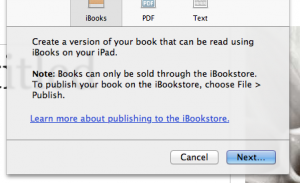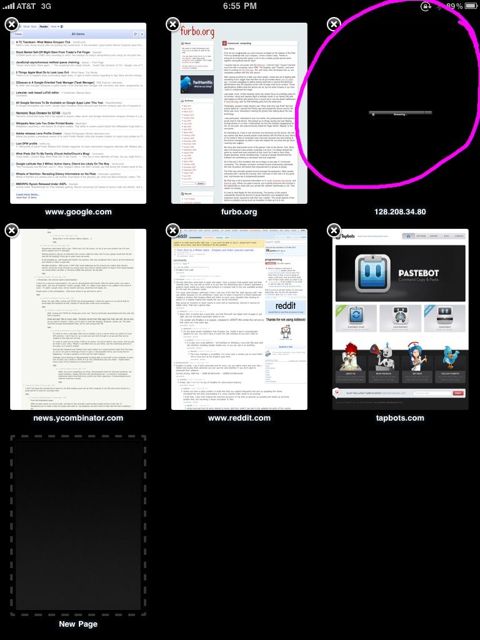Johnathan Gruber has a big post today about Apple’s announcement of Mountain Lion, the next version of OS X.
My reaction to the news: “finally.” Â I’ve been waiting for OS X to fully embrace iCloud since last year, when I thought it would happen with the initial release of Lion, but it looks like it will finally happen this summer, when Mountain Lion is released.
Gruber’s post is worth reading. He gives his impressions of a pre-release copy of Mountain Lion he’s been using for the past week, and also ruminates on how Apple orchestrated the announcement. They used a new technique; VP Phill Shiller did one-on-one presentations to a dozen or so tech writers a week before the official announcement.
Among other things, Gruber considers what this announcement says about the current state of the relationship between OS X and iOS
[recounts a few years ago when Apple delayed an OS X release to devote resources to iOS]
Putting both iOS and OS X on an annual release schedule is a sign that Apple is confident it no longer needs to make such tradeoffs in engineering resources. There’s an aspect of Apple’s “now†— changes it needs to make, ways the company needs to adapt — that simply relate to just how damn big, and how successful, the company has become. They are in uncharted territory, success-wise. They are cognizant that they’re no longer the upstart, and are changing accordingly.
It seems important to Apple that the Mac not be perceived as an afterthought compared to the iPad, and, perhaps more importantly, that Apple not be perceived as itself considering or treating the Mac as an afterthought.
I don’t think this goes far enough. Â What stands out for me is not just that OS X is (back) on an annual release cycle, its that the cycle is in close sync with iOS’s annual release cycle; both are released in the summer, rather than at, say, a six month offset. Why?
I think the reason is obvious, OS X and iOS are part of the same product. The promise I saw in iCloud, iOS 5 and Lion last summer was the arrival of a pervasive computing environment that spanned devices. Moving between a Mac, and iPhone and an iPad was close to becoming seamless. A Keynote presentation you started on your Mac would automatically be sitting in your pocket on your iPhone, waiting for a quick review while waiting in line for lunch. Without a second thought, you could open your iPad on the bus-ride home and finish up the last few slides. And that is just the beginning.


